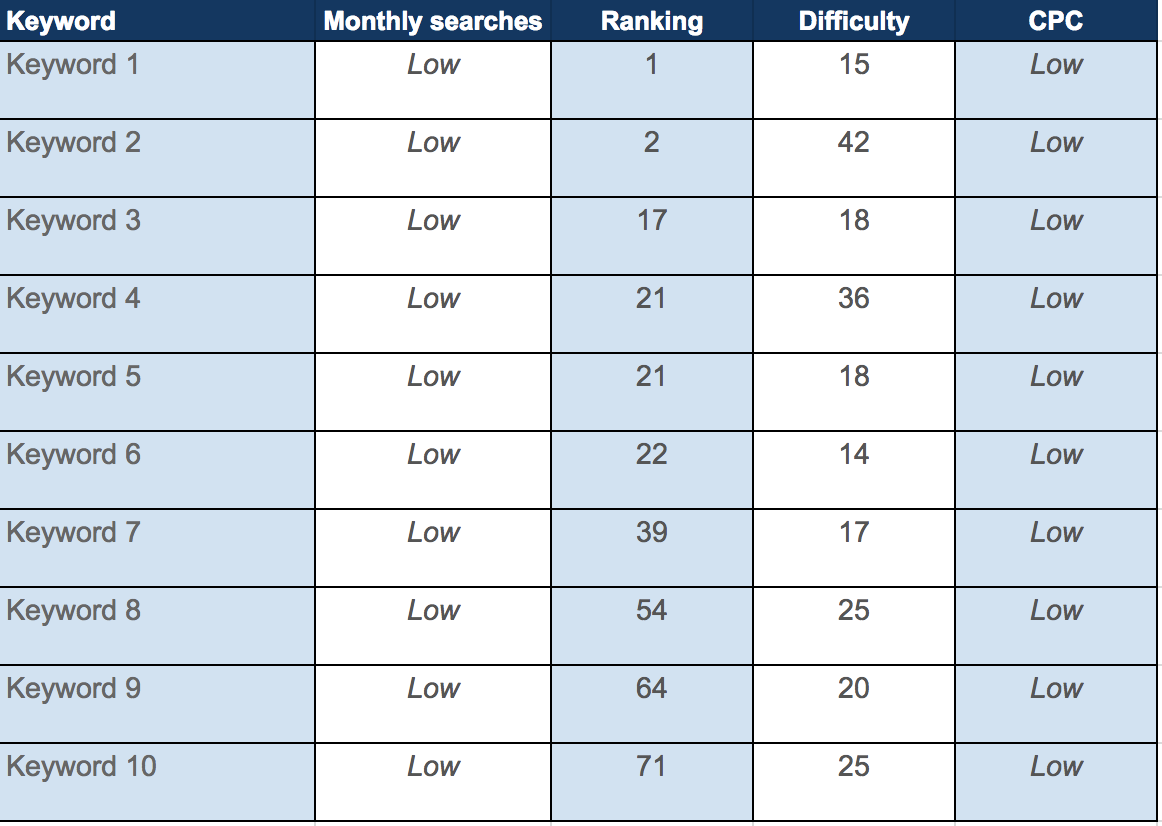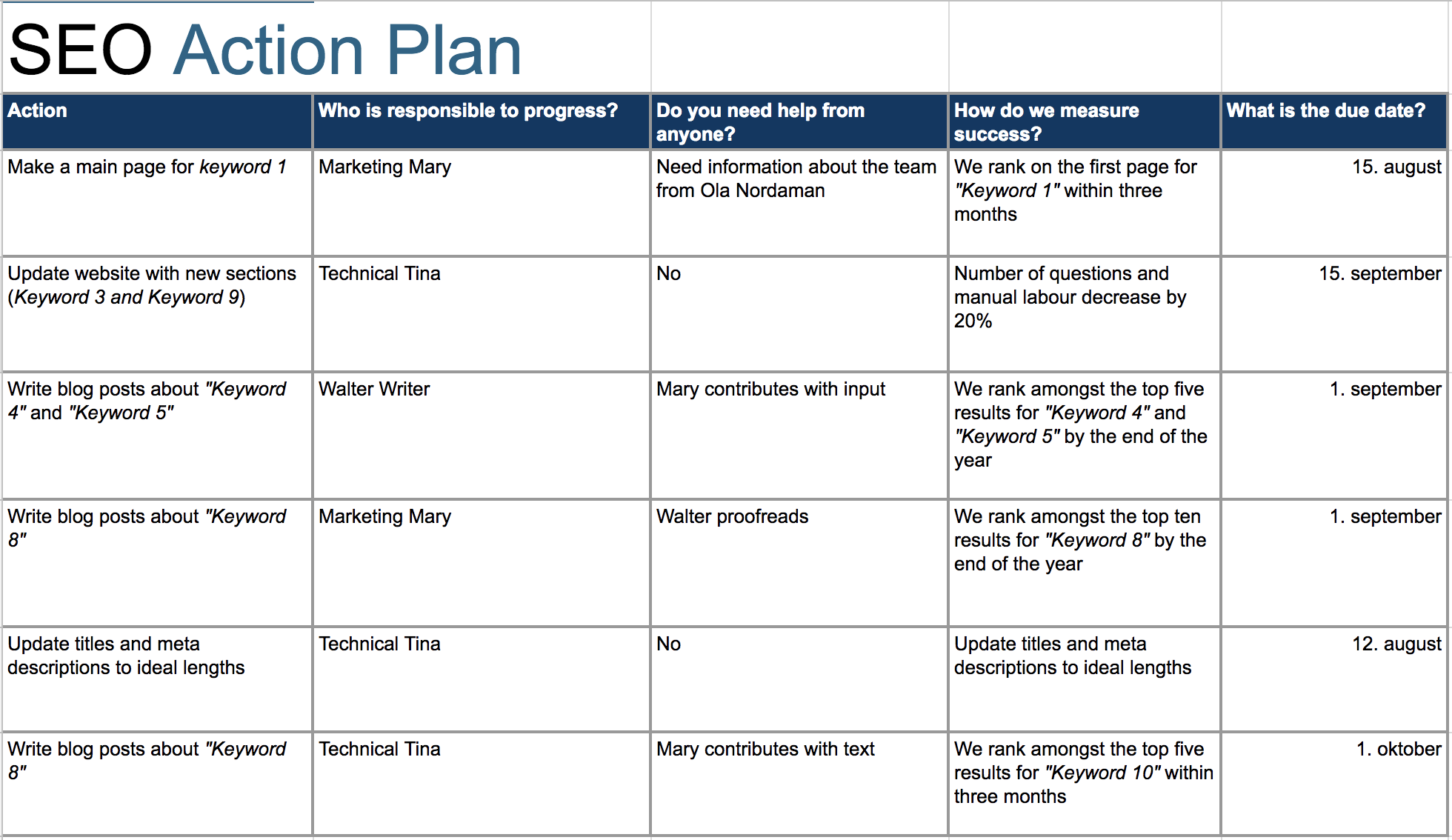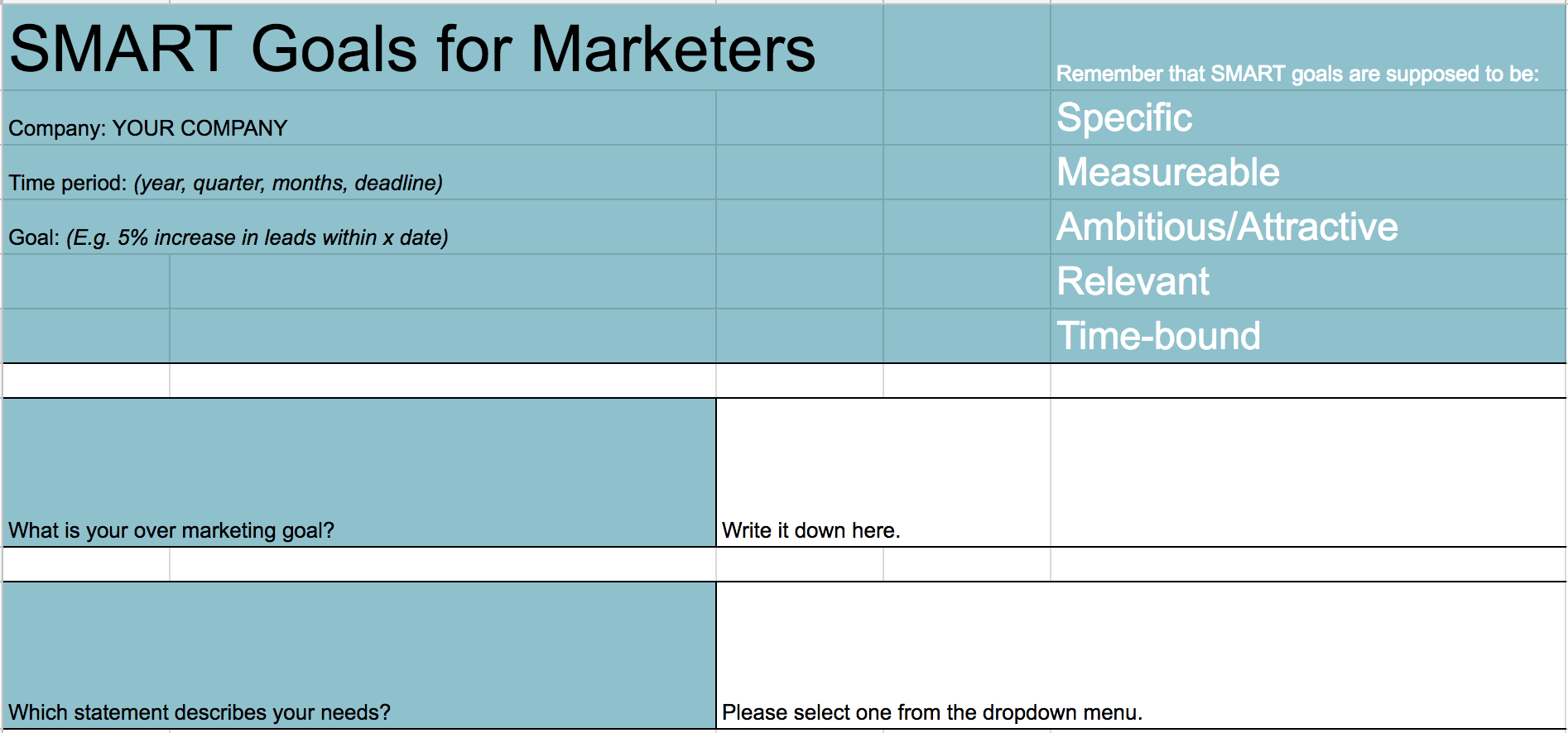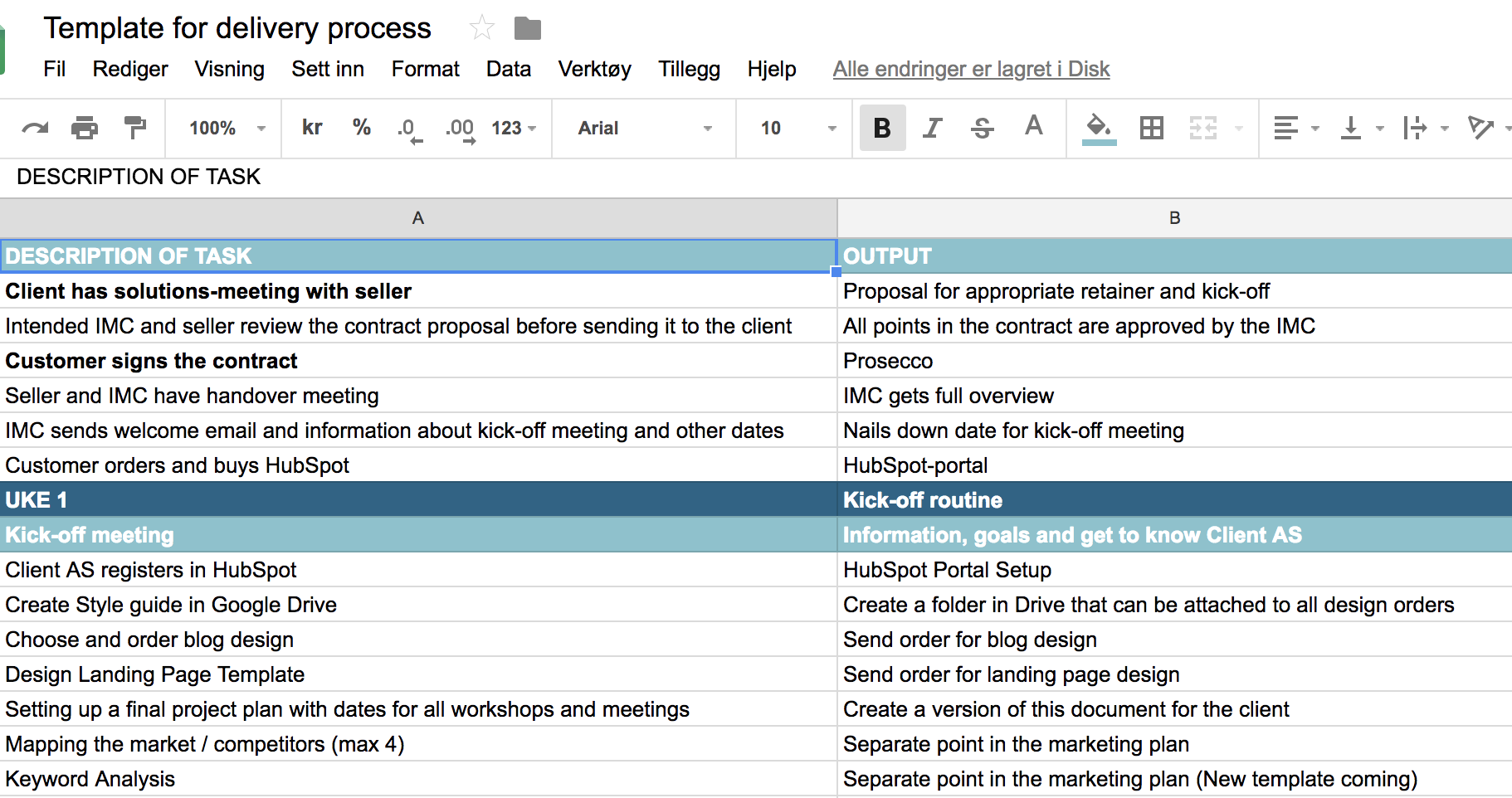A question we often get when talking about “social selling” is how often you should share content...
Little did we know, sitting in math class, how useful spreadsheets would be in work life. Numbers, after all, play a vital role in digital marketing and how do you get the best overview of all these numbers? Well, by using spreadsheets. Here are four ways you can use spreadsheets to simplify your marketing.
A spreadsheet does not have to be frighteningly complicated with numbers all around. Get started quickly by building up-to-date documents that make it easier to see what goals to reach, what content to publish, or how search engine optimised content is.
An empty spreadsheet can be used for so much, and no advanced math skills are required to get it done. Make it understandable for yourself and for others who are going to use the spreadsheet, and you will be well on your way to simplifying both your own working day, as well others.
This is how you can simplify your marketing by using spreadsheets
Publishing calendar for all content
A goal without a plan is just a dream. A little cliché, but still very true. For you to be able to conquer the world with your content marketing strategy, there is one thing you must have in place (besides content, clearly): a plan for all the content.
Content plays an invaluable role throughout the inbound methodology. In fact, it is essential that you have good content in place to attract new visitors to the website, convert visitors to leads, convert leads to customers, and, not least, give value to existing customers.
But a content strategy does not run continuously on its own. You need a clear plan for when everything is to be produced and published, who is responsible for writing the different content and who the content is written for, which persona the content is addressing and where that person is in the buyer’s journey.
If your content marketing strategy is to be followed by more people besides you, you have to set up a conventional system that anyone involved can use. A publishing calendar makes it easy for everyone to track what blog posts are to be posted at any time while giving a good overview of how much content is planned to allow you to publish the number of blog posts you want monthly.
![[TEST]: How well does inbound marketing fit your company?](https://no-cache.hubspot.com/cta/default/308131/5dc8cd11-970b-4f27-a429-290b28a64aa5.png)
Template for SEO Analysis
Did you know that the results on the first page in Google get up to 92% of all clicks, while on page two, traffic is down by 95%? Search Engine Optimisation (SEO) is an integral part of your marketing, whether you want it to or not.
Before you throw yourself into the sea of meta descriptions, keywords, and other important SEO elements, you may want to take a couple steps back and see how your website is doing today. And what's better to use than a spreadsheet to do this?
You can, for example, create a keyword analysis where you create columns for each of these items: Keywords, Monthly Search, Rank, Difficulty, Cost Per Click, and enter the results you get.

You can also easily use the same process for your on-page options for optimisation and the action plan based on the results you've received. Set up five columns: Action; Who is responsible for progress?; Do you need help from someone?; How do we measure success?; and what is the due date?

This way, you get a good overview of what needs to be done, who will do it and when it will be done.
Set SMART goals
To get anywhere with your marketing, you need to have clear goals that are smart. With smart we mean goals that are specific, measurable, ambitious/attractive, relevant and timely. This may be, for example, the number of visits per month, the number of leads per month, and the number of customers per month. How do you figure out these goals? In a spreadsheet.
In the spreadsheet, you start by filling out your overall marketing goals and defining your needs: "I need more visitors to the website"; "I want more visitors to convert to leads"; or "I want more leads to convert to customers".
Based on your needs as well as overall marketing goals, you set specific numeric goals you're trying to reach. If you're not sure what your goals are, you can work from top to bottom to find out how many visitors you need to attract to the website every month to close X number of customers a month.

Learn how to set smart goals and reach them here
Template for the delivery process
Regardless of whether the company's delivery process is very long and detailed or not, it's always advisable to get it down black on white, so everyone in the company follows the same process. It is perfect to structure this in a spreadsheet as the spreadsheet can easily be updated at any time and anyone can get an overview of the content.
Fill in as much reasonable and relevant information as possible, but try to identify which specific tasks and meetings will be carried out, when in the project they are going to be implemented, who is responsible and resources that can be helpful, such as different templates.





